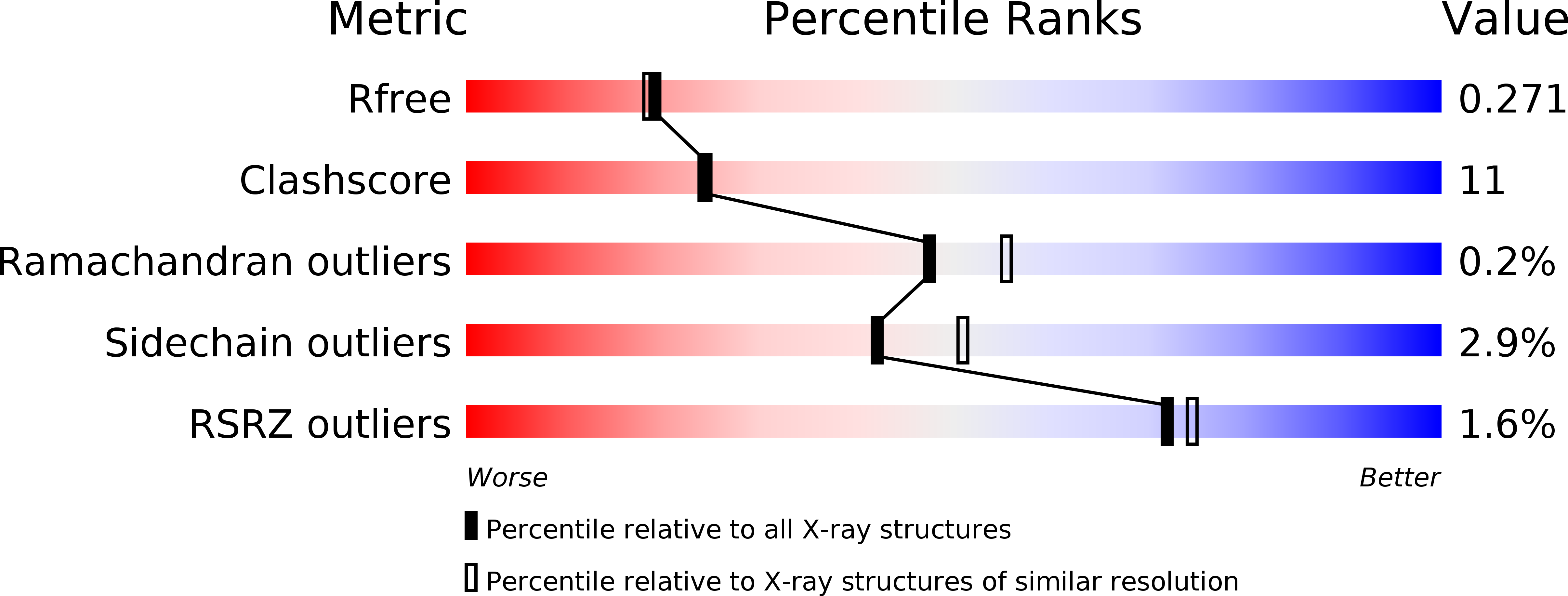
Deposition Date
2008-05-26
Release Date
2009-05-26
Last Version Date
2023-11-01
Entry Detail
PDB ID:
3D90
Keywords:
Title:
Crystal structure of the human progesterone receptor ligand-binding domain bound to levonorgestrel
Biological Source:
Source Organism:
Homo sapiens (Taxon ID: 9606)
Host Organism:
Method Details:
Experimental Method:
Resolution:
2.26 Å
R-Value Free:
0.27
R-Value Work:
0.23
R-Value Observed:
0.23
Space Group:
P 1 21 1


